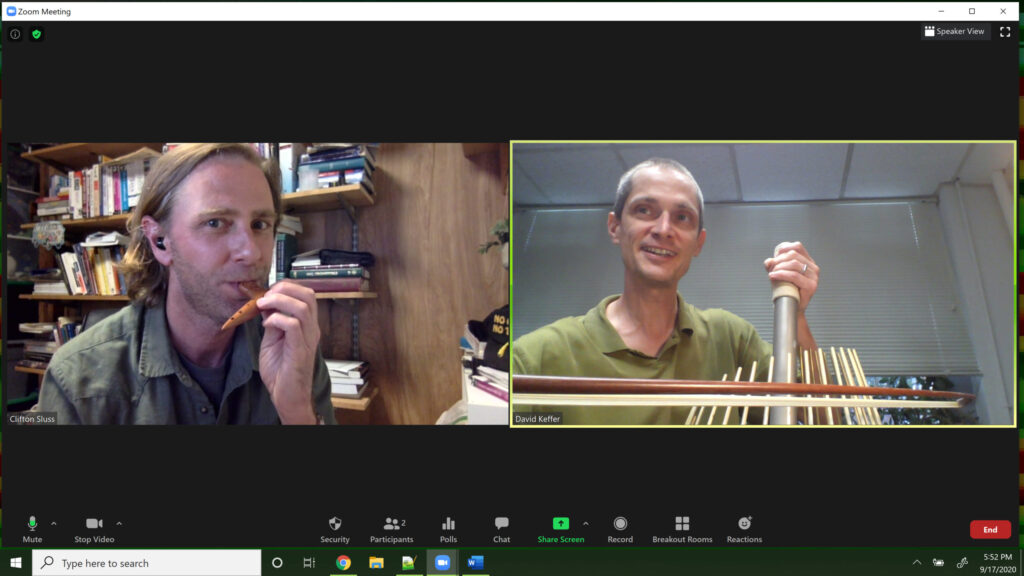
By Graduate Student Clifton Sluss.
MSE Graduate Student Clifton Sluss interviewed David Keffer, professor and associate department head of MSE. His teaching and recent research interests focus on the intersection of computational materials science and sustainability. Keffer has an active interest in undergraduate retention and student success. He leads the TranSCEnD project, which provides academic, social, and financial support to engineering students who have transferred to UT from community colleges across Tennessee.
What do you enjoy about being part of the UT community?
I feel like I am the kind of person who was meant to flourish in the university environment. There is a relevant quote by the philosopher, Charles Musès [from the book Destiny and Control in Human Systems], that I discovered years ago in Hodges Library: “In fact, our greatest contribution to others, and to our self-development as well, lies in the direction of developing precisely along the lines where our greatest uniqueness lies.” I think the University of Tennessee provides a climate where our students can grow to their individual potential in ways that benefit both themselves and the community at large. It is the special pleasure of the faculty to not only facilitate this growth but to experience their own growth in the process.
In the spirit of the Musès quote you mentioned, what ‘uniqueness’ put you on the computational materials modeling path?
As an undergraduate, I took a materials and energy balances class where we learned to describe physical processes with mathematical models. This idea appealed to me and by the time I applied to graduate school I knew that I wanted to focus on theory. At the University of Minnesota, I got involved with the Minnesota Supercomputer Institute, which really helped me understand that of the three pillars of materials research—experiment, theory, and simulation—the blend of simulation and theory was a good fit for me.
What has been your experience collaborating with other department members with technical backgrounds different than your own?
One of the things that I’ve really enjoyed is being able to collaborate with experimentalists, who synthesize the materials and make devices with them. Those collaborations have spanned several departments, with partners in material science and chemistry, or the Center for Renewable Carbon on the Ag campus. I think my science is much better when it’s integrated with the folks making the materials and doing something with them.
In addition to courses in numerical methods and materials simulation, you also teach a first-year seminar course on freely improvised music and have had a senior design team make waterphones, an eclectic instrument. Tell me a little about that.
I’m no musician, but I find inspiration and guidance in channeling creativity in unconventional directions from musicians who practice in the cultural margins. This is the subject of my music class and it is, I think, an apropos topic for young people deciding what they want to do in life.
That I’ve managed to translate some of these ideas into MSE is serendipitous. I have been helped by the counsel of Ornette Coleman, the American saxophonist and father of free jazz, who said, “I’ve tried to find a way to avoid feeling guilty for doing something that other people don’t do.” [from the paper “The Other’s Language: Jacques Derrida Interviews Ornette Coleman”] This is good guidance in science too.
How does the channeling of creativity in unconventional directions influence the research you do?
I think any researcher relies on creativity to push the envelope in a new direction. On one hand, you have molecular dynamics simulation where you’re solving force equals mass times acceleration where Newton didn’t leave much room for creativity. On the other hand, in an area like mesoscale modeling, it is still very much a place where clever ways to describe materials or collections of atoms with reduced degrees of freedom is leading to the ability to use computation to describe new dynamics of materials across greater length and time scales.